Found Object
My initial thought for this prompt was to find an object that is extremely malleable while being mass produced. I was specifically intrigued by the juxtaposition an object could have. Thus I found the Baby Bell. This then took me to my overall idea of exploring the city through food, and how we change, produce and consume it.
Secondary Research:
I researched further into the production of Baby Bells and found a certain absurdity with the brand image of a laughing red cow. I then looked towards the subject matter and found the lobster. Firstly, I researched how the lobster’s intrinsic value has changed over time and how this directly correlated with the expansion of railways in the United States. (https://psmag.com/economics/how-lobster-got-fancy-59440)). Then, I looked towards different interpretations of lobsters by reading Lobster: A Crustacean Odyssey 2012 and looking at Salvador Dali’s photo.

https://www.lamaisondelavachequirit.com/en/discover/the-laughing-cow-and-his-collection/story-of-the-laughing-cow/
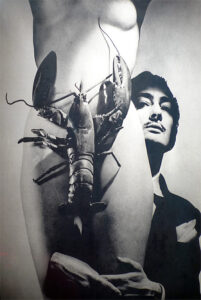
https://panathinaeos.wordpress.com/tag/salvador-dali/?iframe=true&preview=true/feed/
I then looked to further explore the concept of food in relation to the city and specifically looking into Ugly food and Food waste.
Primary Research:
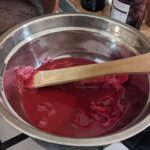
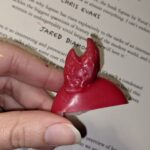
(Experiments using Baby Bell wax)
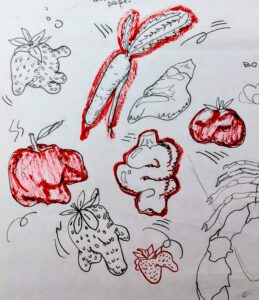
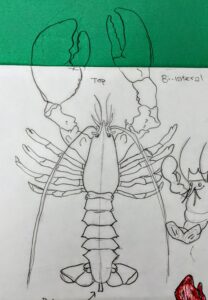
(Sketches of Ugly Food and lobster )
*After trying to form a lobster from baby bell wax, I decided to change it into an “ugly apple”. In retrospective, if I had more time I would’ve liked to continue the lobster idea.
Final Outcome:
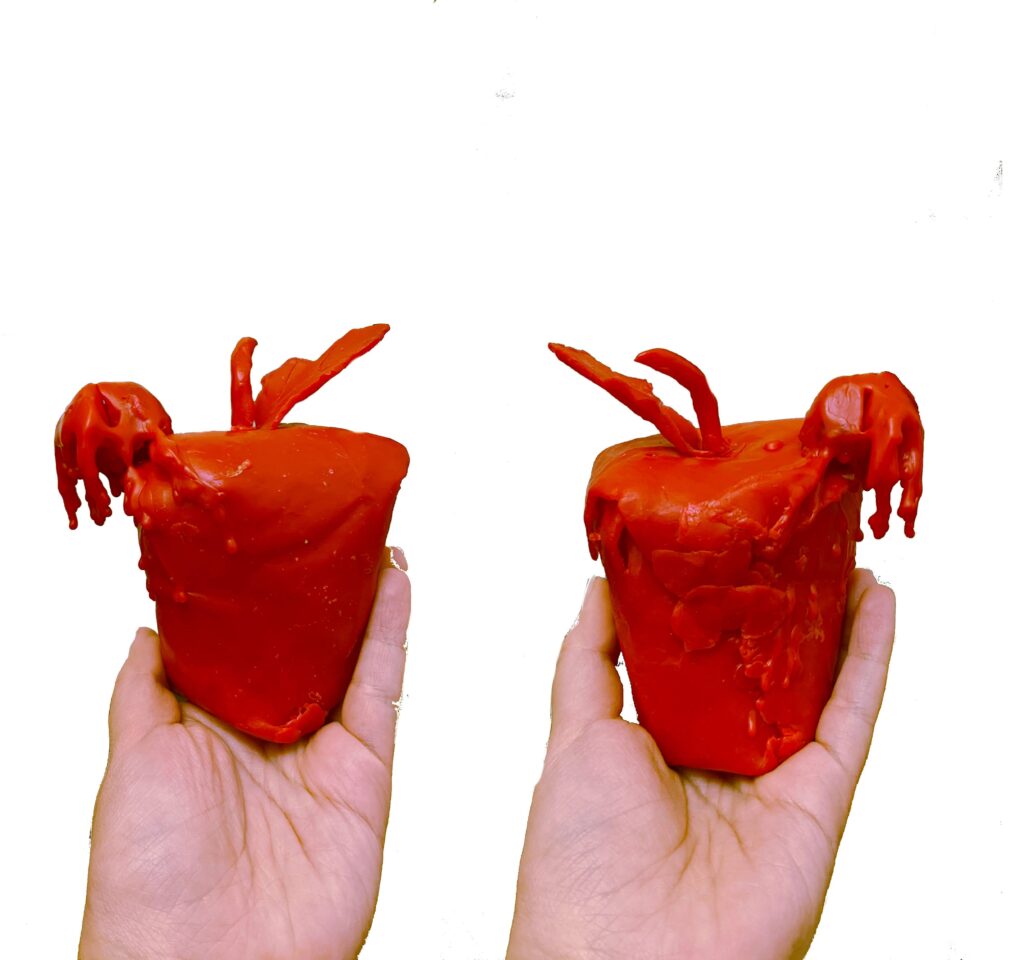
The apple with a growth in it has many different metaphors through the use of its materiality. The concept of un-replicable objects intriguing as the original object did stem from a mass produced, identical product. It also adds an extra metaphor when connecting it back to the Ugly Food’s concept. This lack of control as a maker is liberating as I can no longer control the aesthetics of my piece. Same is applicable to our perception of produce and how it actually manifests in our cities.
Making and Breaking the Narrative
My first thought from this prompt was by looking at *Like Humans Do* by David Byrne, as it is about narratives that have been in place in cities and societies. This then reminded me of the narrative of Chinese New Year. This is a considerable jump between the two subjects which I had to further explore in my Blog Post (Connecting Like Humans do —> CNY)

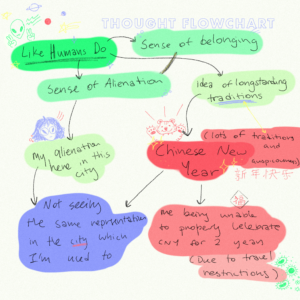
Primary research:

I looked back at photos of me and my family celebrating CNY and did some sketches of different compositions.
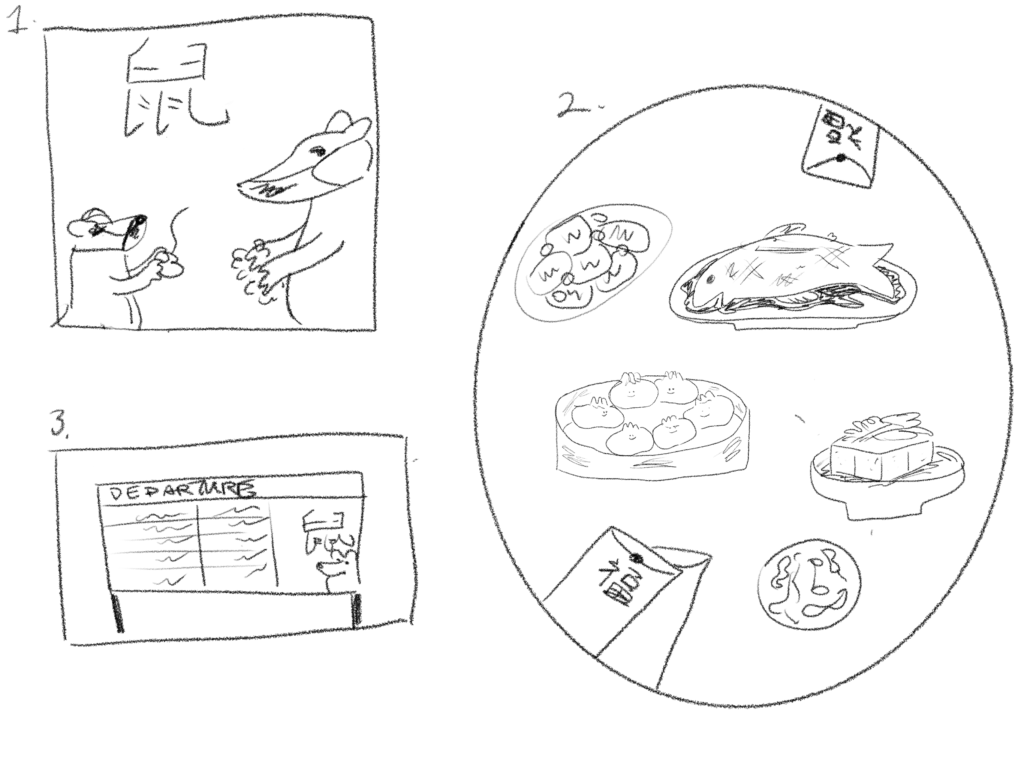
Secondary research:

I looked at illustrations by Gabrielle Widjaja for inspiration for one of the compositions. Her work focuses on the communal aspects in Asian narratives.
Final Outcome:

The departure gate entirely filled with cancelled flights to different cities in Asia encapsulates a sad disruption of long standing traditions (In reference to Covid 19 during CNY 2020). This piece directly relates back to the city as it focuses on the migratory aspects of it, as well as the concept of hometowns.
Mapping The Soundscape
Secondary Research:
I was inspired by using bird calls from reading a very romantic tweet about the purpose of bird calls by Jeff Goins. This then led me back to James Webb’s *There’s No Place Like Home* which I had seen at the Talbot Rice Gallery at their last show. That project specifically looked at Inter connectedness between the urban and natural space.
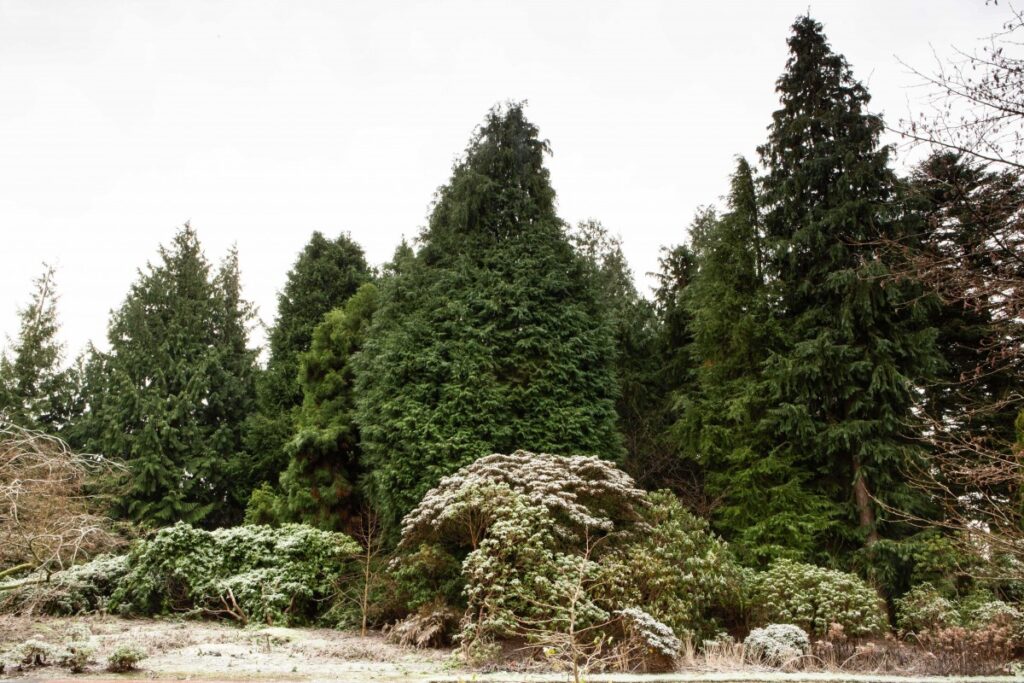
https://www.trg.ed.ac.uk/event/theres-no-place-called-home-edinburgh-2021
Final Outcome:
This work aimed to focus on using the birdsong to represent women’s safety in the city. I enlisted in the blog post my personal connection between walking home at night and hearing the sound of bird calls, thus this soundscape work was the combination of the two. The audio is meant to be similar to a journey many people take while walking home at night. The bird noises intermingle with the texting sound as they represent each other.
Bibliography
David Byrne “Like Humans Do”, (2001). https://youtu.be/GuY4FR-bmGY
Flight of the Conchords “Mutha Uckers”, (2008). https://youtu.be/Bqxnm6t3QMw
Frazier, Nancy. I, Lobster: A Crustacean Odyssey. University of New Hampshire Press, 2012.
James Webb, There’s No Place Called Home, (2004-2021), Edinburgh.
Jeff Goins, Twitter web App, 13 May 2019, Quote from tweet from https://mobile.twitter.com/jeffgoins/status/1127896570379362304?lang=en-GB
“The Laughing Cow History.” La Maison De La Vache Qui Rit, https://www.lamaisondelavachequirit.com/en/discover/the-laughing-cow-and-his-collection/story-of-the-laughing-cow/.
Lieber, Chavie. “A Scientist on the Myth of Ugly Produce and Food Waste.” Vox, Vox, 26 Feb. 2019, https://www.vox.com/the-goods/2019/2/26/18240399/food-waste-ugly-produce-myths-farms.
Luzer, Daniel. “How Lobster Got Fancy: The Surprising History of a Delicacy.” Pacific Standard, Pacific Standard, 7 June 2013, https://psmag.com/economics/how-lobster-got-fancy-59440.
Mcswank2331. “Unwrapped 7-14-08 Mini babybel.wmv” 4:38. 1 March 2010. https://youtu.be/u8DnMoFHrso
Platt Lynes , George. Salvador Dali – The Dream of Venus . 2014.
The Platform (2019) DIrected by Galder Gaztelu-Urrutia [Film]. Netflix
SBS The Feed. “Ugly food: a solution to food wastage” 8:16. 1 Sept 2015. https://youtu.be/_gLIpxzDwns
Spirited Away (2001) Directed by Hayao Miyazaki [Film]. Toho Co.
Widjaja, Gabrielle. “Scene of Chinese New Year Dinner .” Bon Appetite , 2022, https://www.bonappetit.com/story/hong-fu-banquet-hall.


Leave a Reply